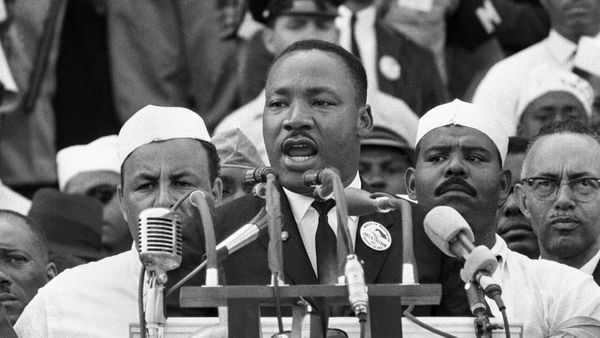
When did you realise that documenting America was your purpose in life?
The visit to the Library of Congress and the work of Frances Benjamin Johnston made me realize the importance of visual documentation for posterity – and changed my life. By chance, just a day after that fateful visit, Random House books called to see if I would be interested in working on a photographic book series about cities, states, and regions across the USA. Interested? You bet I was interested. My husband Ted and I crisscrossed America, capturing what we saw. Not just tourist attractions or grand monuments, but everyday America in all of its facets. It would be the turning point of my career.
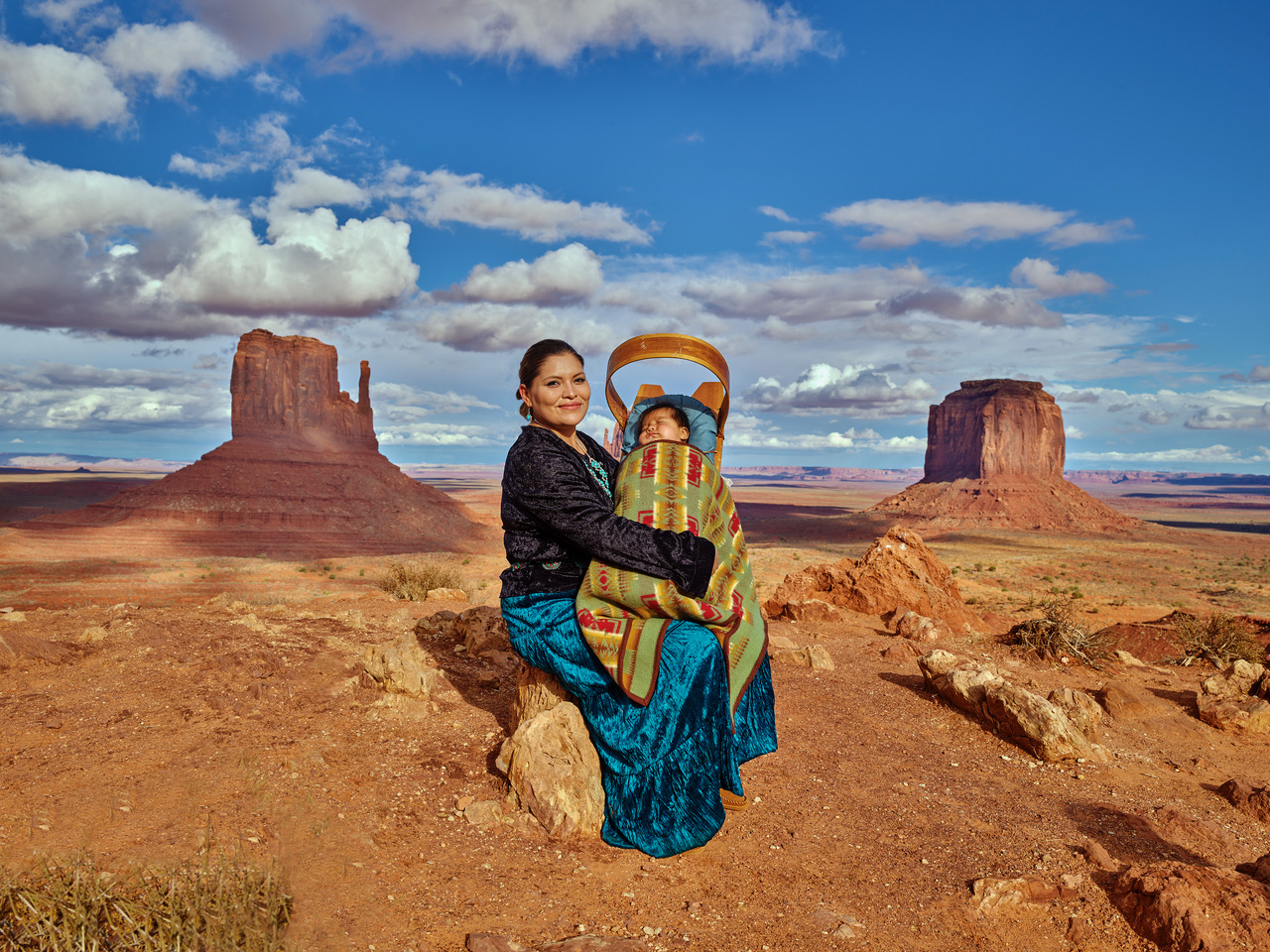
What makes your photo archive so exceptional and how does it provide an important contribution to US history?
The Library of Congress is the largest library in the world, and its Prints and Photographs archive is the most historic photographic collection in the world. Since 1992, I have donated my images, copyrightfree and royalty-free, to the Library of Congress. My images share the same archive as legends such as Dorothea Lange, Mathew Brady and Edward Curtis.
All in all, the place we call “America’s Memory” amassed 15 million images and posters. In its Featured 21 digital collections, mine is one of them. I am the only living person so honoured. While all of that makes me proud, I am most impressed with the extent the Library goes to preserve its collections. It gives me chills to realise that my images will be available to everyone, anywhere in the world for hundreds of years. Or, as I like to say in three simple words: ‘for the ages’. And they are also downloadable, in original and three other sizes.
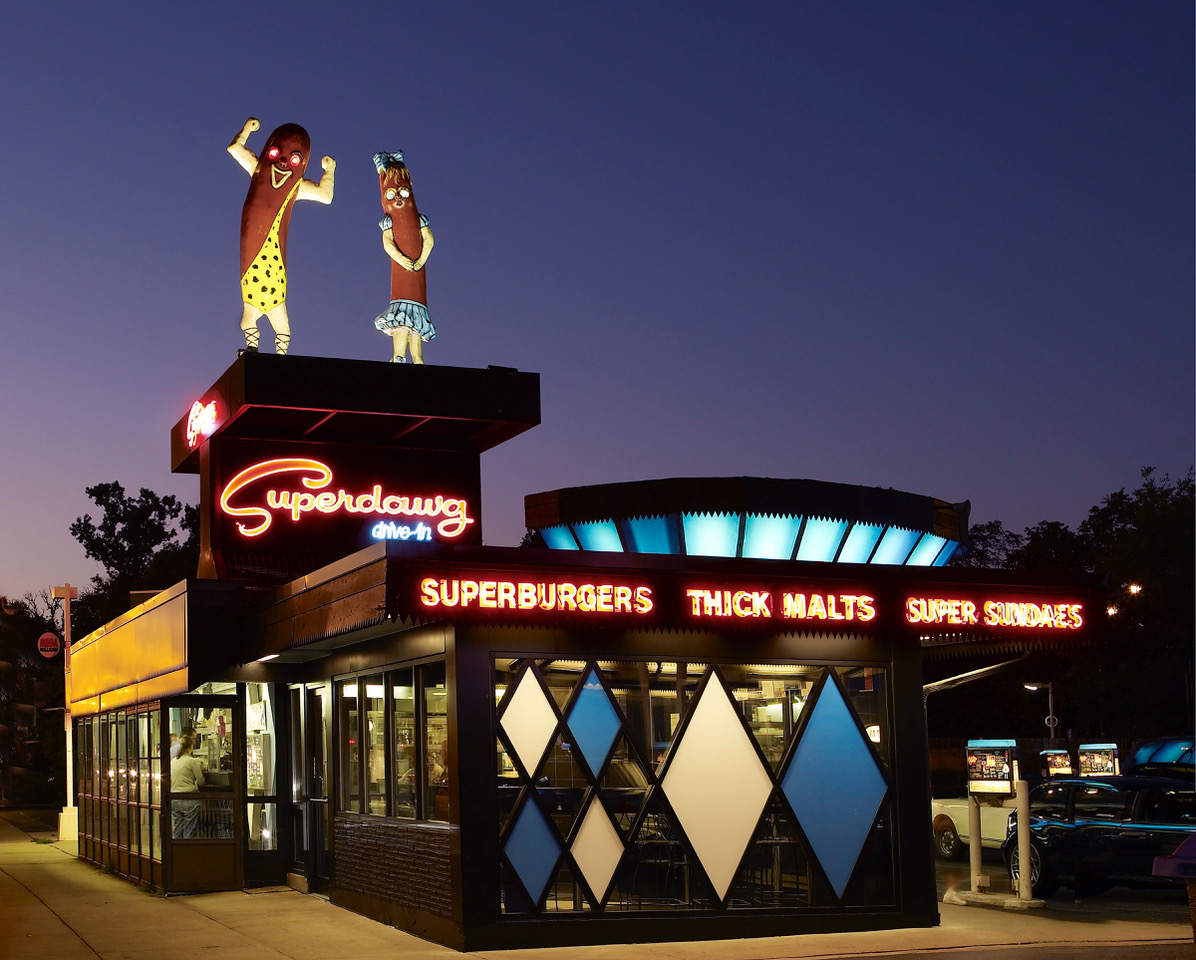
You shoot the history of our age every day, what motifs are important to you?
I believe that making a record – not of celebrities or grand places alone, but also of everyday life – will have more lasting import to the generations of people who take and use my work in the years to come. I think slowly disappearing marshes, dilapidating wooden barns slowly replaced by metal silos, neighbourhood diners and humble country churches, simple shops and markets are important, and they are my motif. ‘Disappearing America’, I call it. I don’t resent progress and innovation, but I also value tradition, simplicity and human interaction and go out of my way to capture them as a touchstone of what will one day be ‘old times’.
I photograph what I find as a time stamp of our ages. Maybe, in its own way, that’s a New Age way of doing it. To stop for a moment, focus on what’s real and carefully record it and, most important of all, save and preserve it for others to see what in these times are long gone. I am all about leaving our story for the ages, for others – friends, foes, who knows, even aliens – to study and share generations from now.
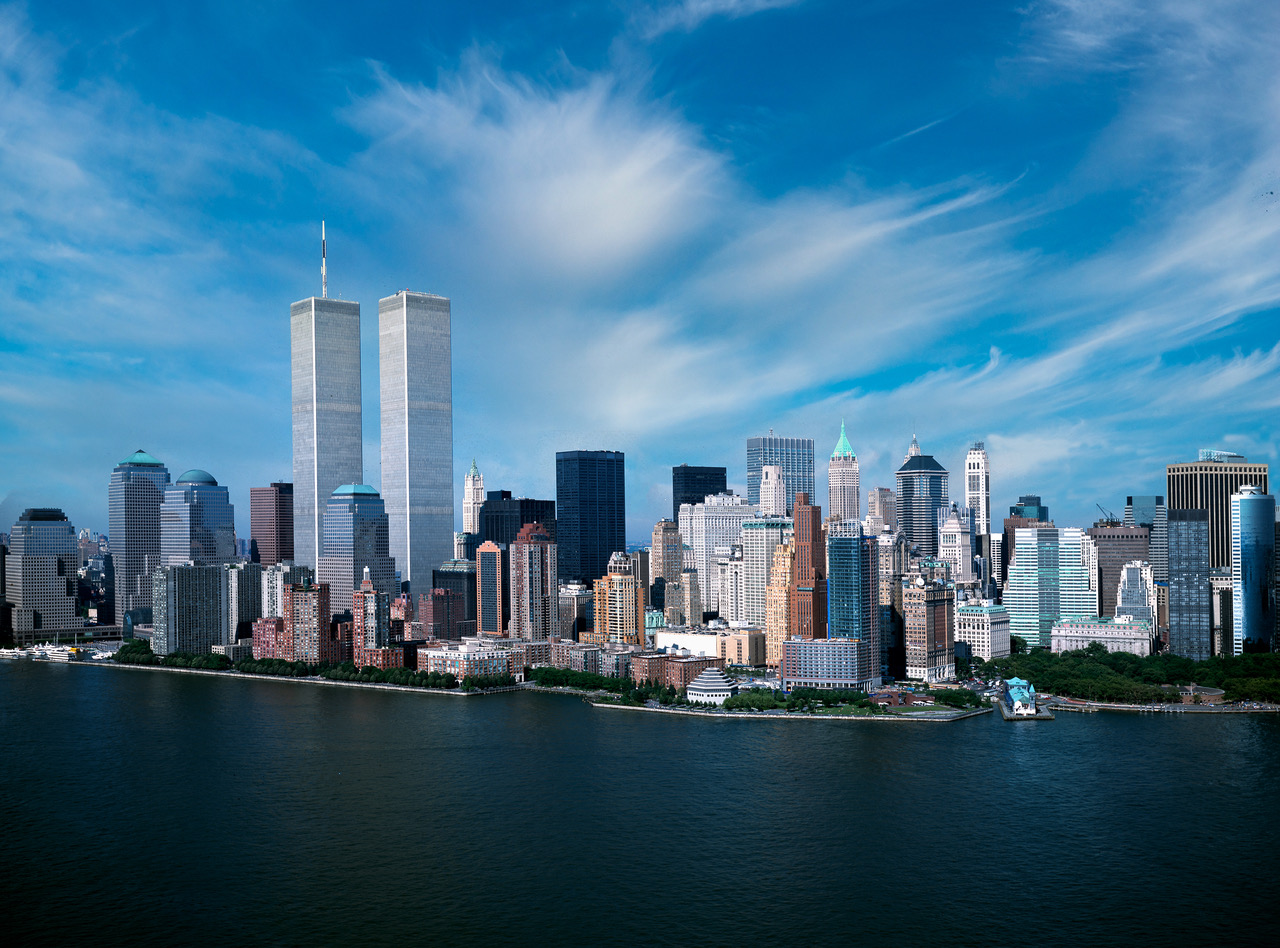
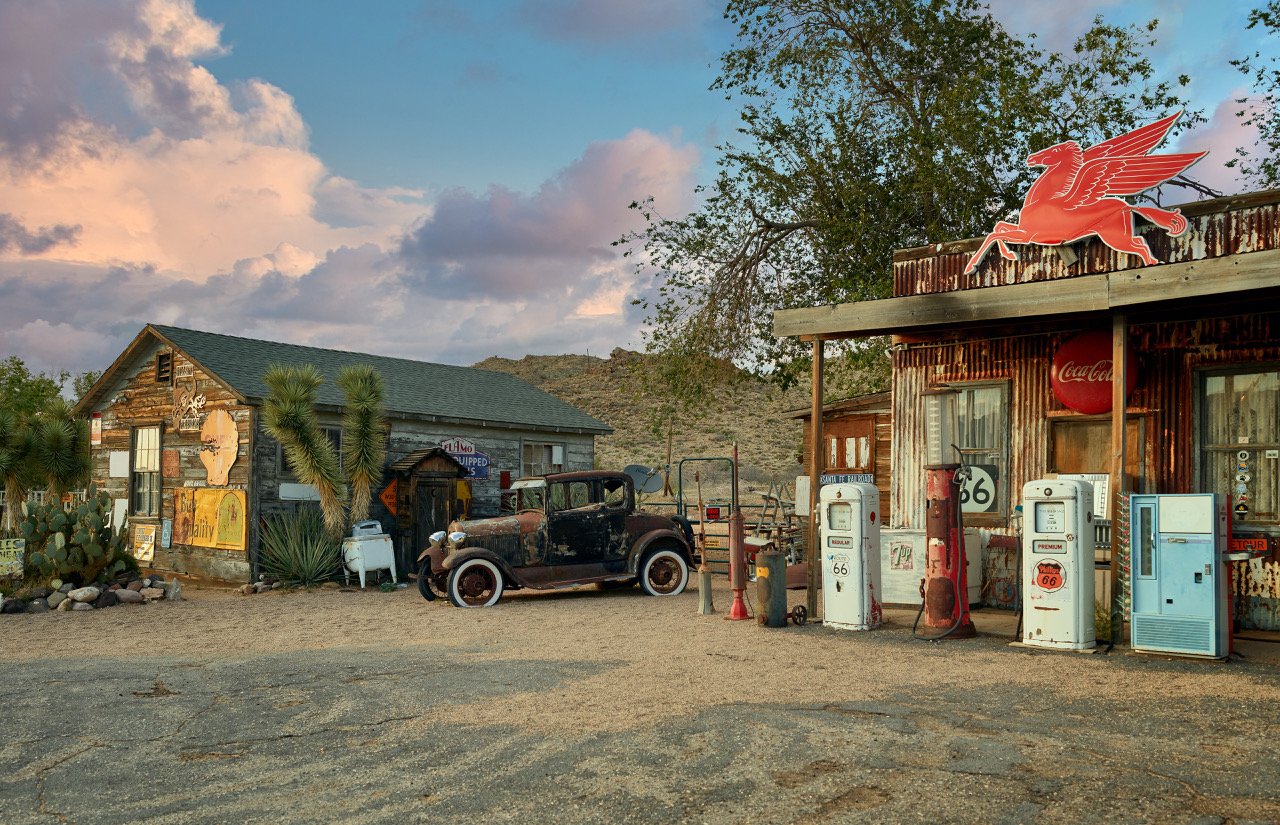
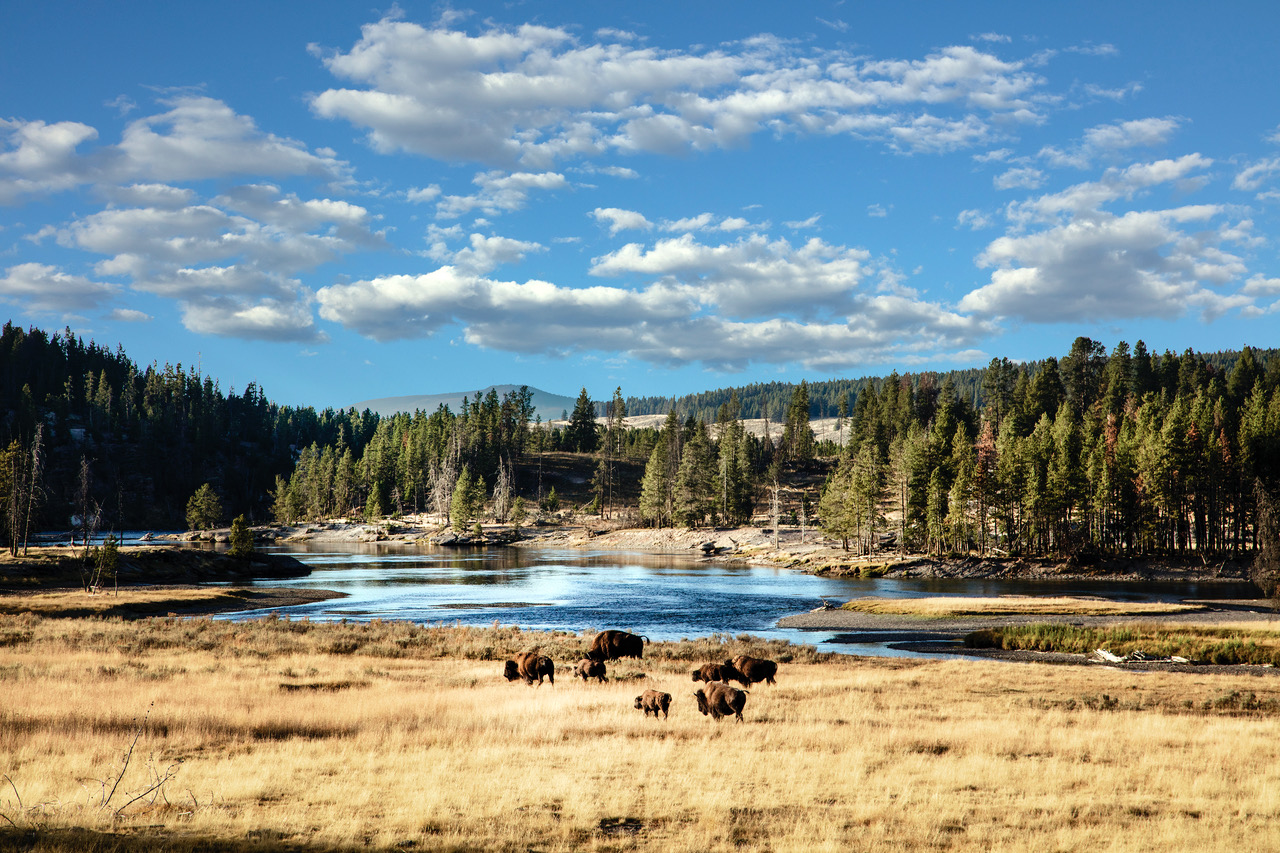
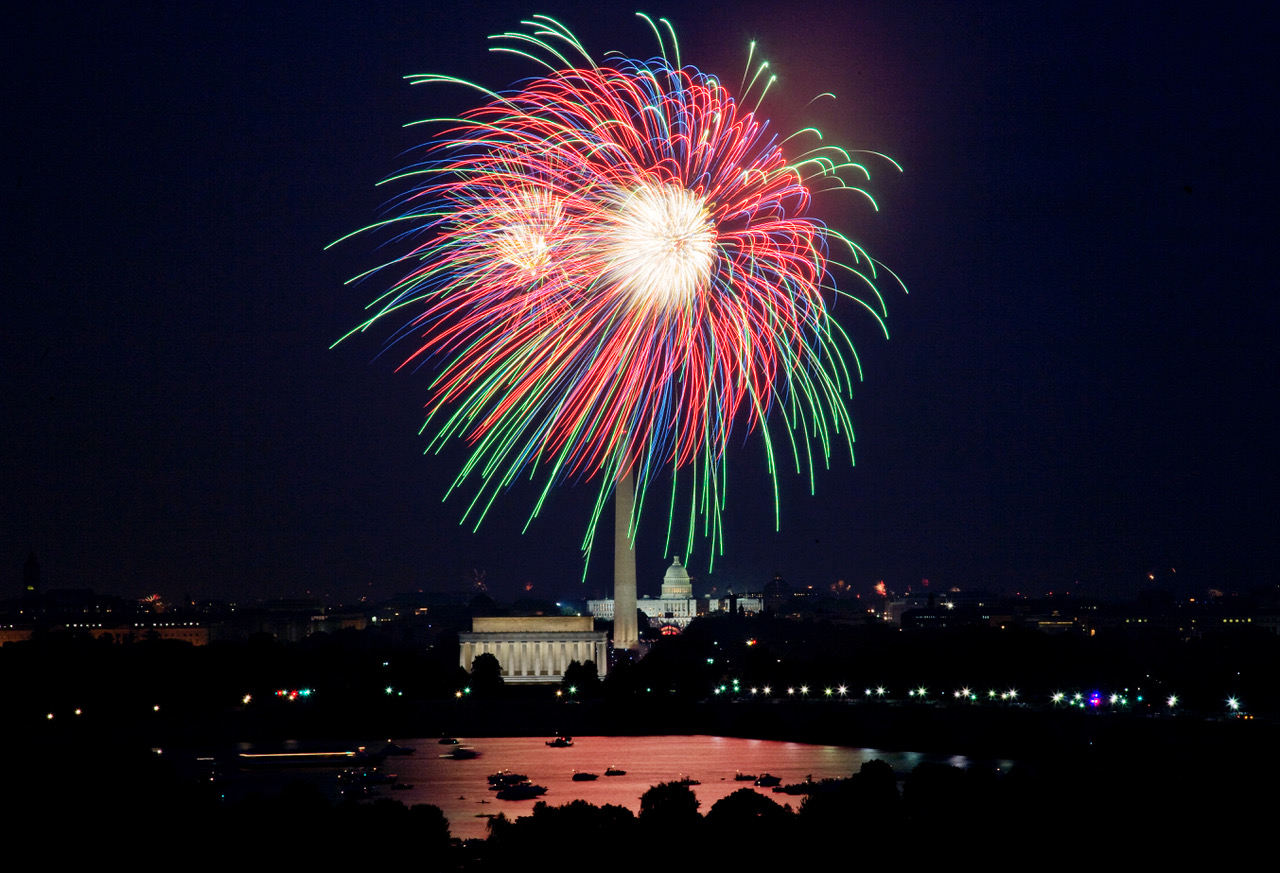
How did you financially manage to travel all over the United States?
When I first thought about the idea of documenting all of America in our times, it seemed like an enormous feat. The first state, Alabama in the deep south, was the hardest because I started fundraising to be able to afford the expedition during a massive recession. I had a friend help me look for people who might be interested in supporting the venture. It took a year to find a sponsor, a man in Connecticut who happened to love Alabama, but once that happened, it got easier. Still, I had to multi-task like crazy, working in each state for many months while searching for funds to advance to the next field of study. I learned to offer potential funders beautiful coffee table books about their state to use as gifts for friends and clients to sweeten the deal.
I did other things that made the undertaking more than just an income source. I donated my images – yes, donated – to the largest library in the world. My dad had been an entrepreneur, selling everything from airport lockers to buses to make a living. He left me that never-say-die, no-stone-unturned spirit.
What was your first camera and what kit do you prefer to shoot with now?
My first camera was the Pentax K1000 that a friend gave me when I travelled to the USSR and China in the 1970s. I shoot with three Canon cameras (45-50MP) and a Phase One IQ4 (151MP) and a small Sony camera (20MP) in my pocket. I also use drones and helicopter trips to capture images of changing America.
Obviously, my workhorses are cameras and various lenses, my lights, both on camera and large strobes and my tripod. Our Ford SUV is packed – and I mean packed to the point of little air circulation – with equipment and gear and maps and notes... and still more. Sometimes just reaching to find that most used kit when we screech to a halt to capture the perfect roadside scene is the greatest challenge.

